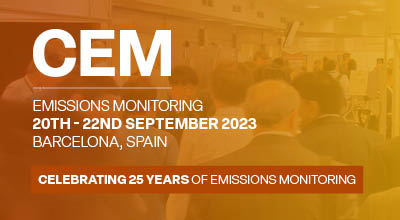

The fight against climate change hinges greatly on a reduction in the use of fossil fuels, so in recent years we have seen the increasing use of fuels of biogenic origin as replacements for fossil fuels. However, the combustion of fuels with mixed and variable fossil and biogenic components presents a monitoring challenge because the biogenic CO2 within the flue gas needs to be discriminated from the fossil CO2. This challenge was addressed by several speakers at the recent AQE 2021 Air Quality and Emission Monitoring Conference and Exhibition. The session chaired by Stewart Davies from Viridor is now available “ On Demand” .
Biogenic carbon emissions are those arising from what is often referred to as the natural carbon cycle, as well as those resulting from the combustion, decomposition and processing of biologically-derived carbon-containing materials. Examples of biogenic carbon emissions include those from: the combustion of biogas collected from the biological decomposition of waste in landfills, wastewater treatment, or manure management processes; the combustion of the biological fraction of municipal solid waste or biosolids; and emissions derived from the combustion of biological material, including forest-derived and agriculture-derived feedstocks.
In order to promote biogenic-based electricity generation, it is necessary to be able to reliably quantify the bio-based CO2 fraction in the flue gas of a mixed-fuel power plant. COP-26 took place in Glasgow a few weeks after AQE 2021, with many countries targeting Net-Zero, this conference addressed the urgent requirement to be able to reliably monitor this important and growing source of carbon emissions supporting more accurate, reliable and robust assessments of fossil and biogenic emissions in the flue gases of combustion plant and carbon capture systems. Speakers addressed the policy framework for the capture and storage of carbon emissions; a process operator’s intended journey to achieving net-zero; and presenters described the methods available for the measurement and quantification of biogenic and fossil CO2 in stack emissions from mixed-fuel combustion processes.